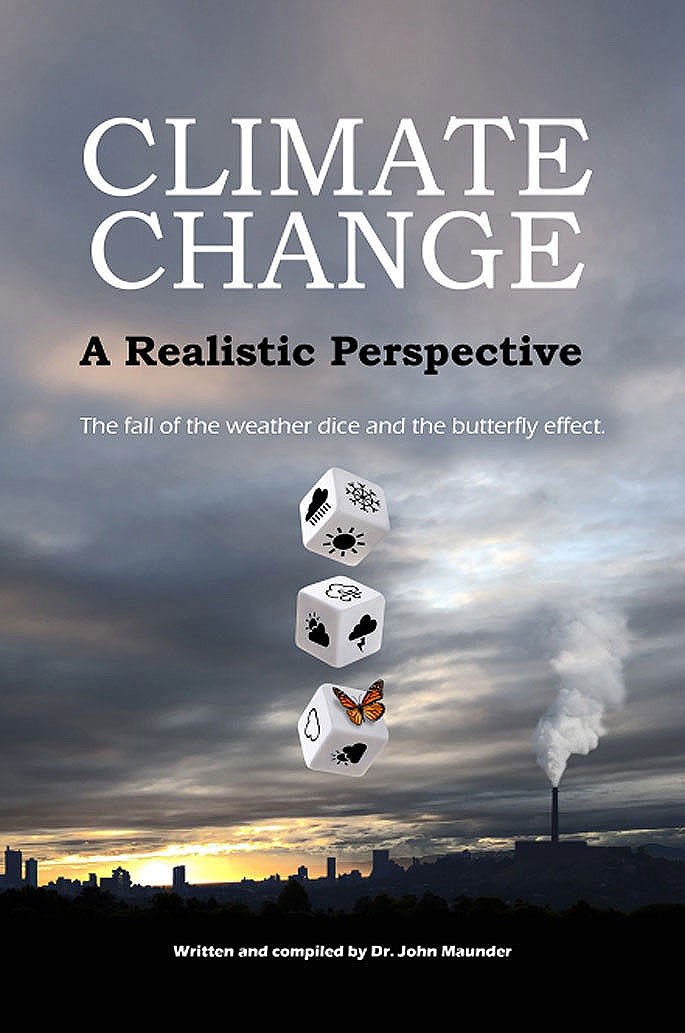 |
Weather Eye with |
A report, which can be found in the British Library manuscript Royal 7 F VIII, is part of a calendar from March 1269 to February 1270 (during this time March was considered the beginning of the year) that tracks the phases of the moon and planets.
Starting in August, there are notes in Latin written down along the left-hand margin that offer observations of the weather.
The first entry states “From the 3rd of August to the 10th there was continuous cold and often rain.”
Although this calendar does not state who its author was, it could have very likely been written by Roger Bacon, who at that time was teaching at the University of Oxford.
It seems to have been written from memory, perhaps around the end of February. Here are some excerpts from these weather reports:
September -
On the 4th there was brief rain at midday, with a south-westerly wind, and the same in the evening, but then the cold and gloom lasted till night and for another day, and it was like this with the moon in opposition for two days.
From the 27th there was rainy weather till the evening of the 5th of October, when there was fine rain at dusk, except that on the 28th there was hail, water and rain at the ninth hour, and the following night there was hoar-frost.
November -
Beginning with November, the weather reports start to become more detailed and include most days.
Fine (on the 5th). (On the 6th) rain, a strong wind all night and the next day dry and fine till the 15th, when there was no rain but it was misty and dull; the next day there was very clear weather.
(On the 18th) rain after midday, but before it was dull though dry. On the 19th it was cloudy and cold all day.
On the 20th it began to rain gently at dusk and in the night, but afterwards it was dry though cloudy and cold, so that the stars did no appear either by day or by night until the night of the 27th, when the major stars appeared. (On the 30th) rain in the daytime and rain the following night.
January -
In December the reports note the days when frost appeared, the time the weather was freezing, and when it improved. As winter set in, the author notes the arrival of snow in January.
Cloudy and cold on the 5th, with a slight frost. But the following night there was a lot of snow and a great frost, and the same the next day, though about the eighth hour it rained a little and became a little less cold. It rained the following night and the next day till the frost began to melt and the snow had all melted.
After this it was sometimes rainy and sometimes cloudy, but more often cloudy than clear, both by day and by night, and very unsettled weather till the 11th (inclusive), and similarly afterwards until 21st (exclusive) it was sometimes clear, sometimes cloudy and sometimes rainy, very unsettled but pleasant and mild like spring weather.
For further information on a range of weather and climate matters see my recent book "Climate Change: A Realistic Perspective..
The fall of the weather dice and the butterfly effect". Available from Amazon.au


